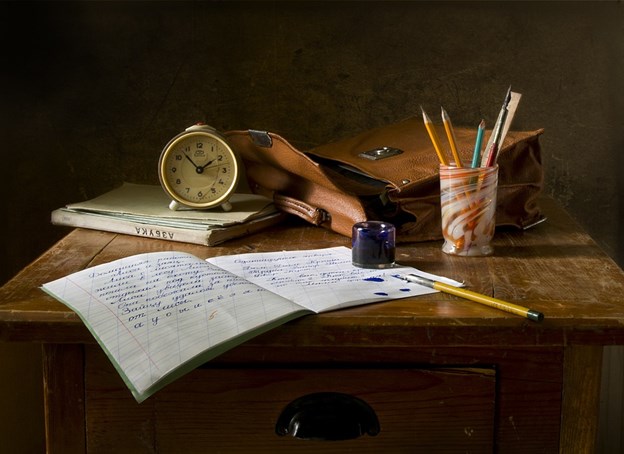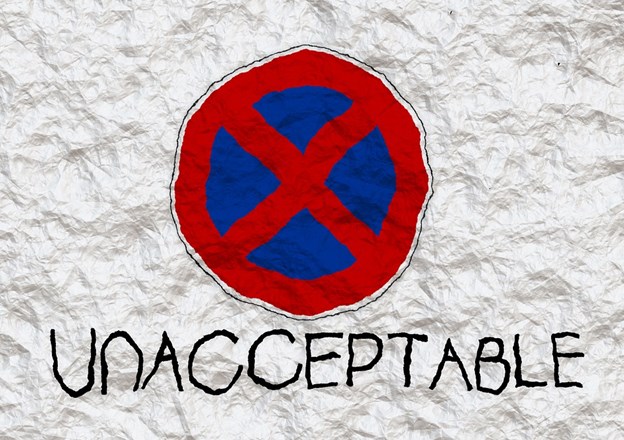Consequences of copying content, images, and ideas
Although it can further be broken down into deliberate and accidental plagiarism, the consequences of copying text, images, or ideas do not distinguish between the two. Whether a work was intentionally copied or not, its discovery will illicit the same consequences.
Works, whether written, visual, or intangible, may be subject to copyright. If plagiarism is discovered, the offender will be subject to copyright and patent laws. That may result in fines and time in jail. In addition, the originator of the work can seek additional damages in court.
At the university level, proof of copying another person’s work can result in a variety of consequences. Students may be penalized in many ways that suit the university, including revocation of a degree and/or expulsion. Papers, studies, and scientific achievements found to be plagiarized by professors and staff can result in termination.
Plagiarized content is referred to as duplicate content when it involves content on the Internet. If the duplicate content is clearly being used to boost search engine rankings, as is the case when the content appears across multiple domains, the site can be punished. Search engines, like Google, may remove the website or the page from their rankings altogether.







